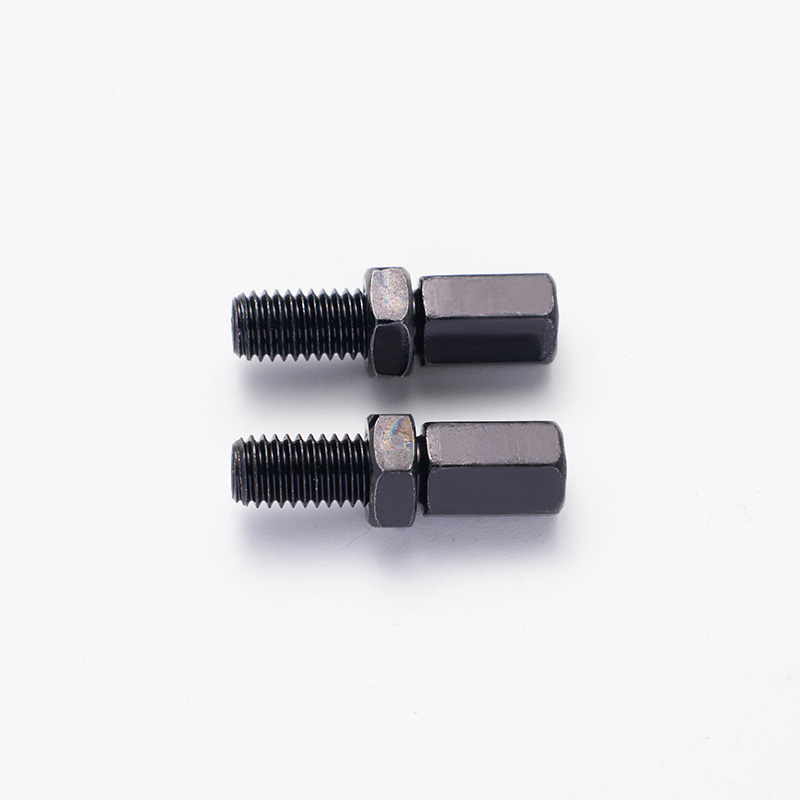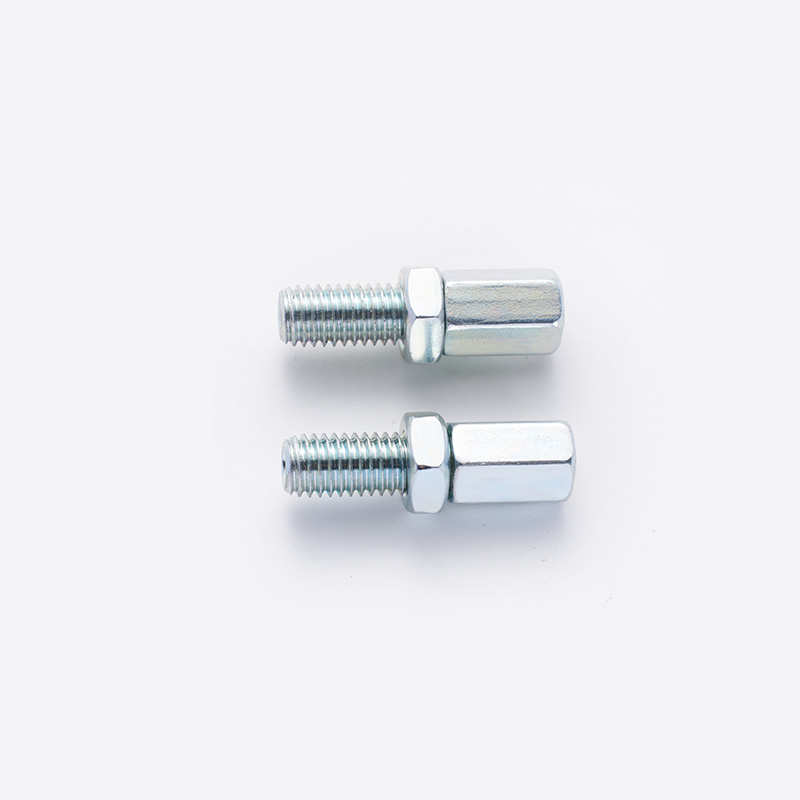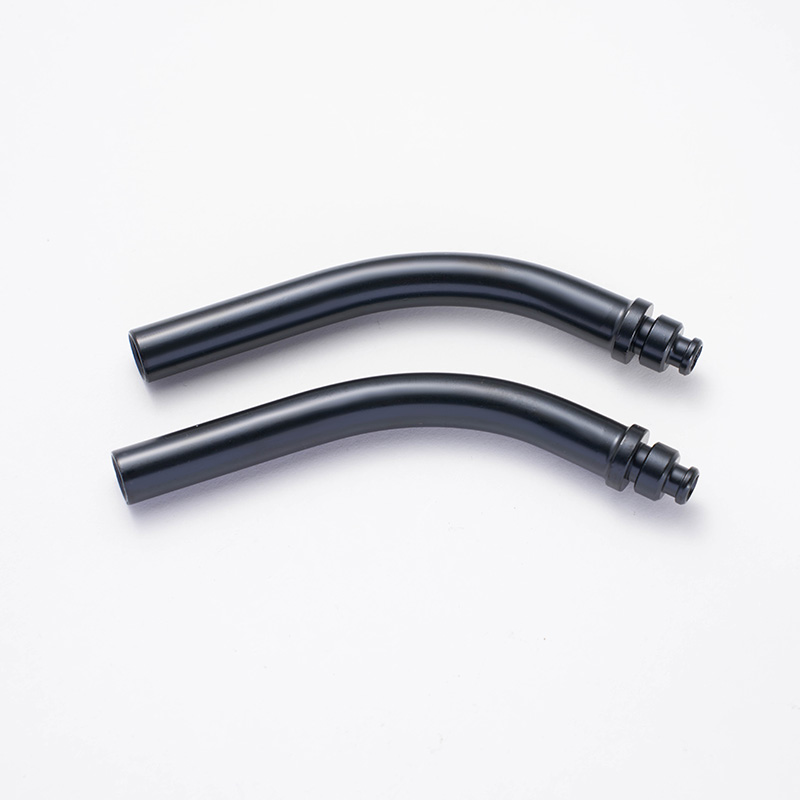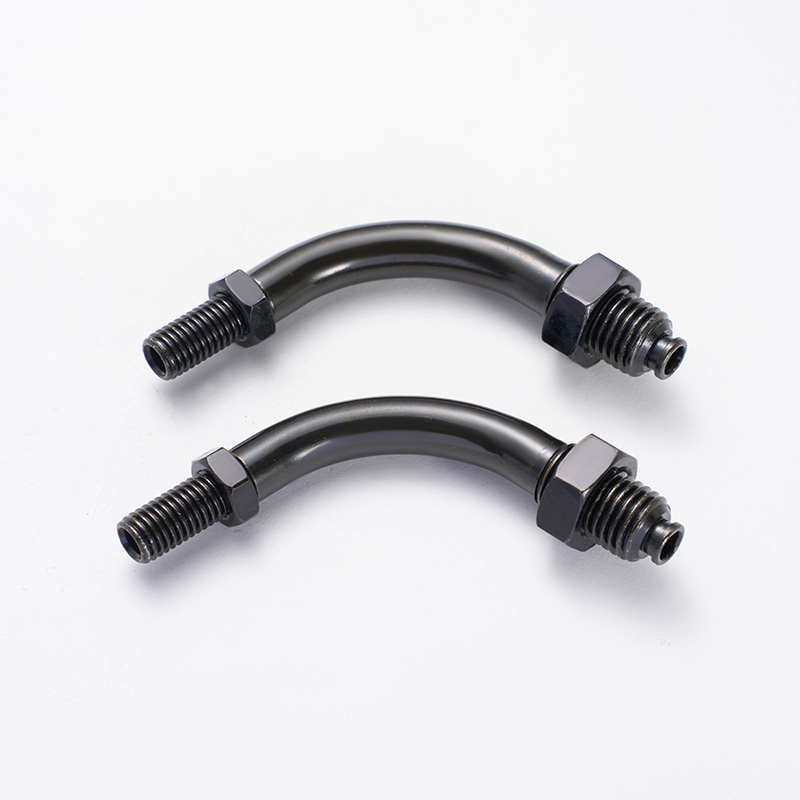For motorcycle enthusiasts, maintenance and customization are part of the riding experience. Among the popular and practical upgrades is the installation of a comprehensive stainless steel bolt kit. Replacing the factory-installed, often plain steel fasteners with a stainless set not only enhances the bike's appearance but also provides significant long-term functional benefits. These kits are typically categorized by the type of stainless steel used, with Austenitic 304 and Martensitic 410 being the common for automotive applications, each offering distinct advantages.

Type 1: Austenitic 304 Stainless Steel
Features: This is the widely used stainless steel grade. Its primary features are its exceptional corrosion resistance and non-magnetic properties. It is highly resistant to a wide range of atmospheric environments, chemicals, and moisture, making it ideal for exterior applications on a motorcycle. The material is also known for its good formability and weldability.
Advantages: The foremost advantage of 304 stainless is its superb rust resistance. It is the choice for riders in coastal areas or regions that use road salt, as it will not corrode or stain like carbon steel bolts. Its non-magnetic nature is also beneficial for certain electronic components. The bright, silvery finish provides a consistent, clean look that maintains its luster with minimal upkeep, drastically improving the bike's aesthetic detail.
Type 2: Martensitic 410 Stainless Steel
Features: Grade 410 stainless steel is harder and stronger than 304 due to its martensitic crystalline structure, which allows it to be heat-treated. It is magnetic and offers good corrosion resistance, though it is generally less resistant than 304 in harsh environments. It is often used where strength and hardness are critical.
Advantages: The key advantage of 410 stainless is its high tensile strength and durability. This makes it the preferred material for high-stress applications on a motorcycle, such as engine case bolts, caliper mounts, sprocket bolts, and brake rotor fasteners. While its corrosion resistance is very good, it may show some surface discoloration over time if not maintained, but its mechanical properties remain intact. It offers a great balance of strength and moderate corrosion resistance.
Brake Cable for Motorcycles: A Critical Link
The brake cable is a fundamental component of a motorcycle's control system, especially for drum brakes and older models. Its condition is directly tied to rider safety. Understanding its aspects is key to proper maintenance and replacement.
1. Construction and Core Components
A motorcycle brake cable is not a single piece of wire but a sophisticated assembly. The core is a multi-strand, high-tensile steel inner wire designed to handle pulling forces. This inner cable is housed within a flexible outer casing, typically made of coiled steel or high-strength polymer. Between them lies a critical feature: a low-friction liner, often made of nylon or PTFE (Teflon), which allows the inner wire to slide smoothly with minimal effort.
2. Signs of Wear and Required Replacement
Regular inspection is crucial. Key indicators of a failing cable include:
Fraying: Visible strands breaking, usually at the lever or brake arm ends.
Stiff or Notchy Operation: Difficulty pulling the lever, indicating internal corrosion or a damaged liner.
Poor Brake Return: The brake sticking on, suggesting a kinked housing or seized cable.
Visible Damage: Cracks, splits, or deep corrosion on the outer housing.
3. The Advantage of Upgraded Cables
Beyond OEM replacements, performance cables offer enhancements. These often feature a permanent lubricant sealed within the housing, corrosion-resistant coatings on the inner wire, and higher-quality liners. The result is a more consistent, responsive lever feel and improved braking modulation, which enhances control and safety. For any rider, recognizing the importance of this simple component is a vital part of motorcycle upkeep.
 boo@zjmgmm.com / 958587858@qq.com
boo@zjmgmm.com / 958587858@qq.com English
English русский
русский Español
Español عربى
عربى






 English
English  Building 33, Demonstration Park, No. 318 Chenguang Road, Eastern New District, Wenling City, Taizhou City, Zhejiang Province, China
Building 33, Demonstration Park, No. 318 Chenguang Road, Eastern New District, Wenling City, Taizhou City, Zhejiang Province, China  0086-576-86337978
0086-576-86337978  0086-576-86333878
0086-576-86333878
 boo@zjmgmm.com
boo@zjmgmm.com 